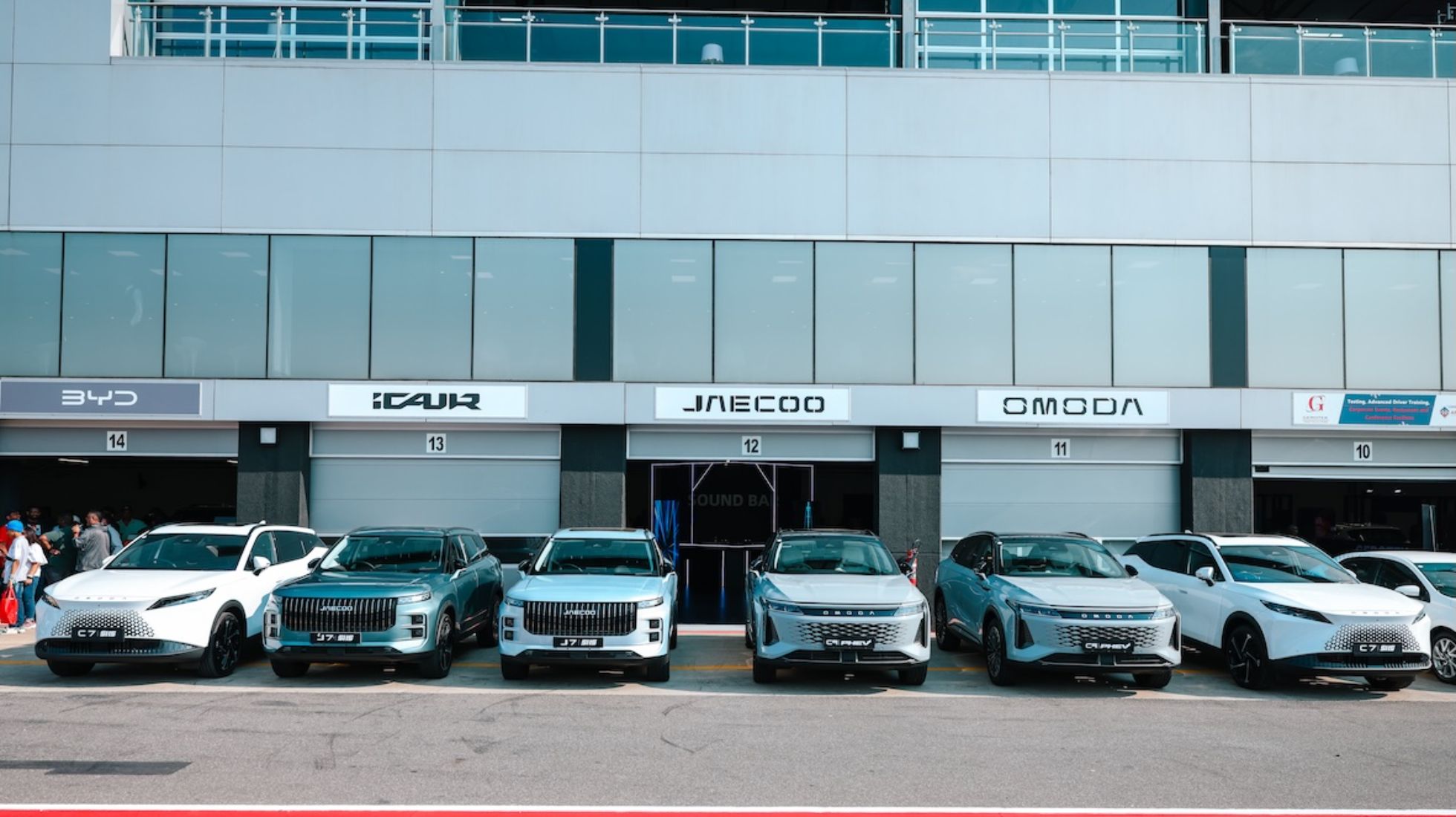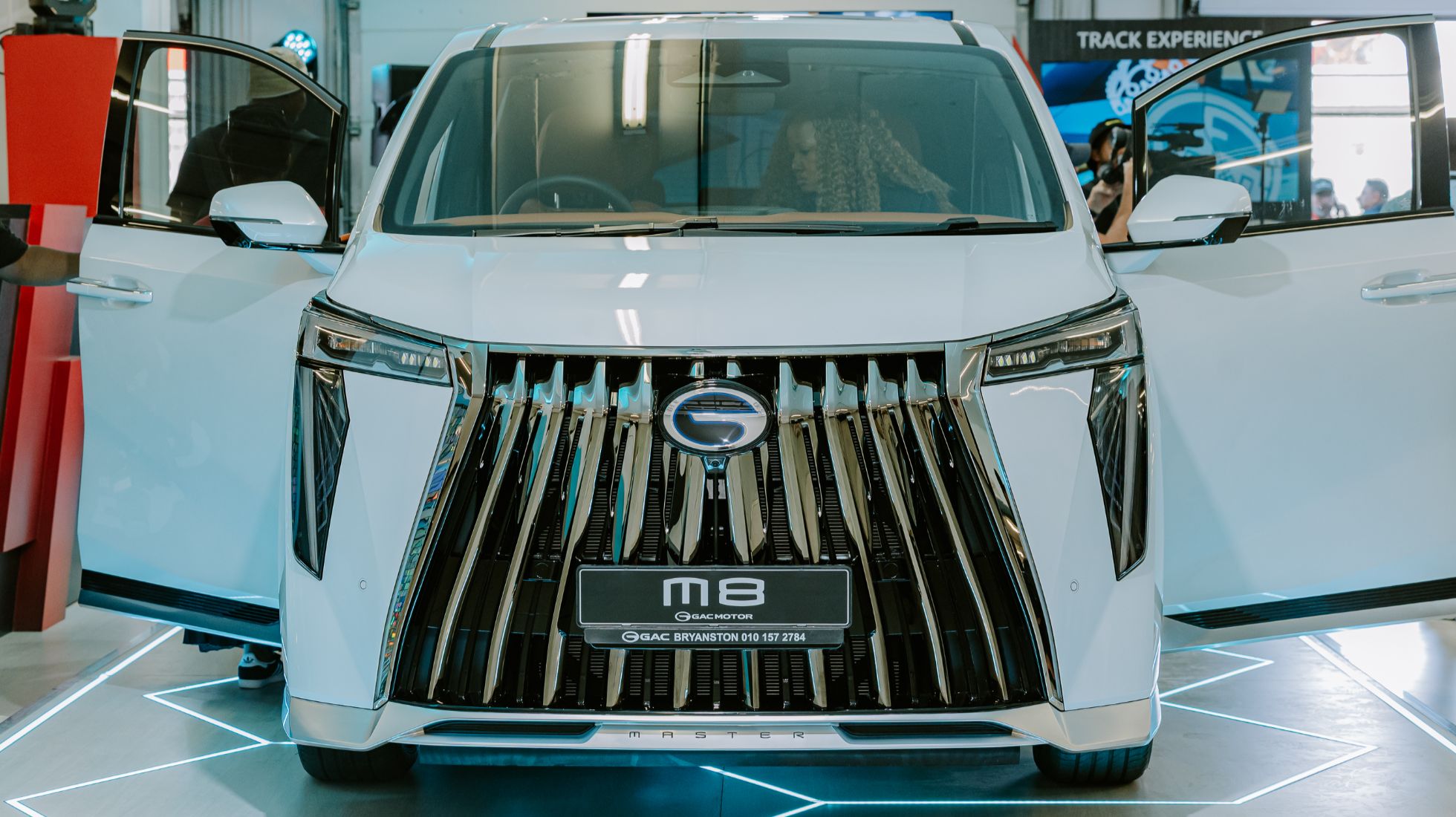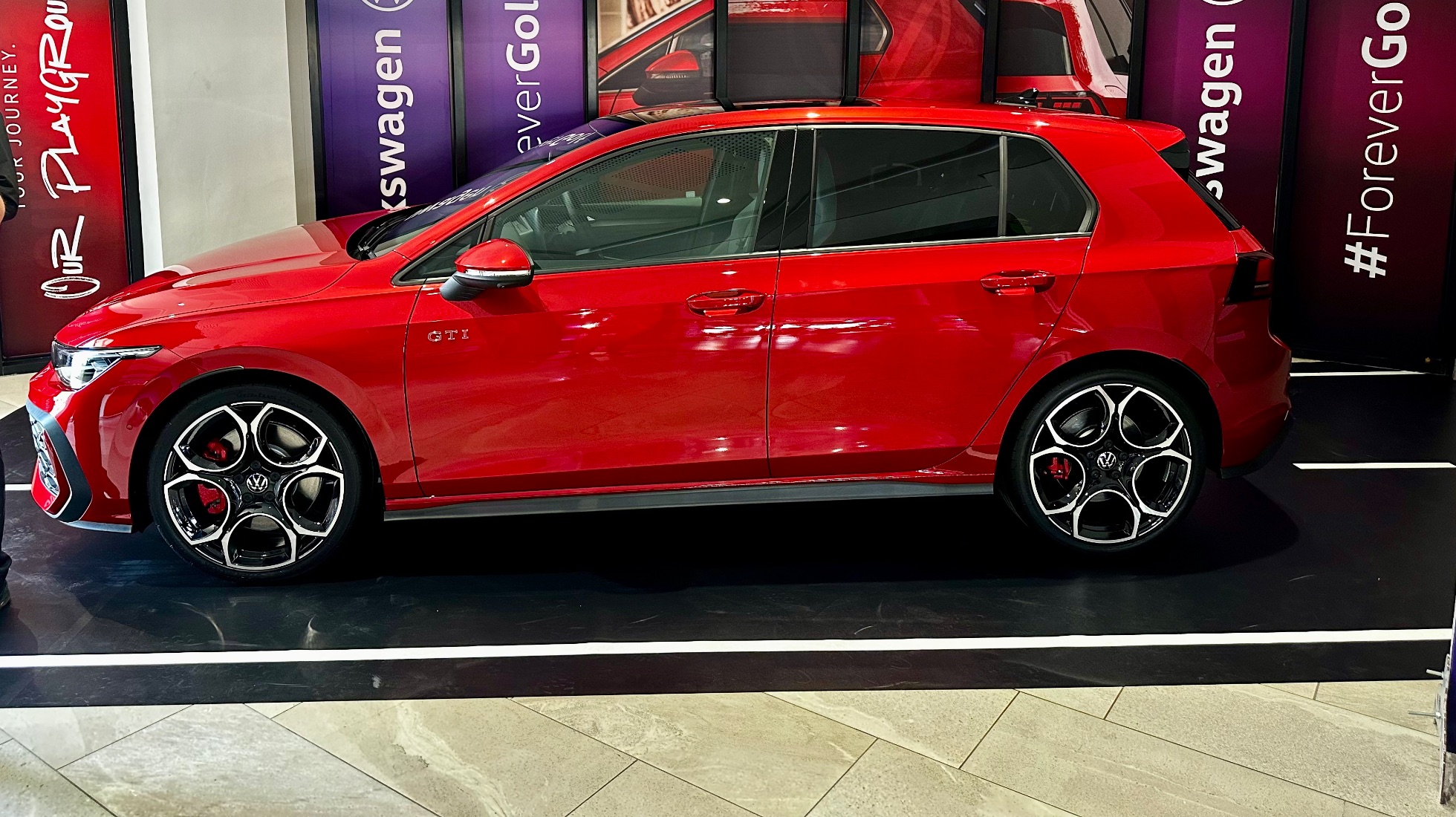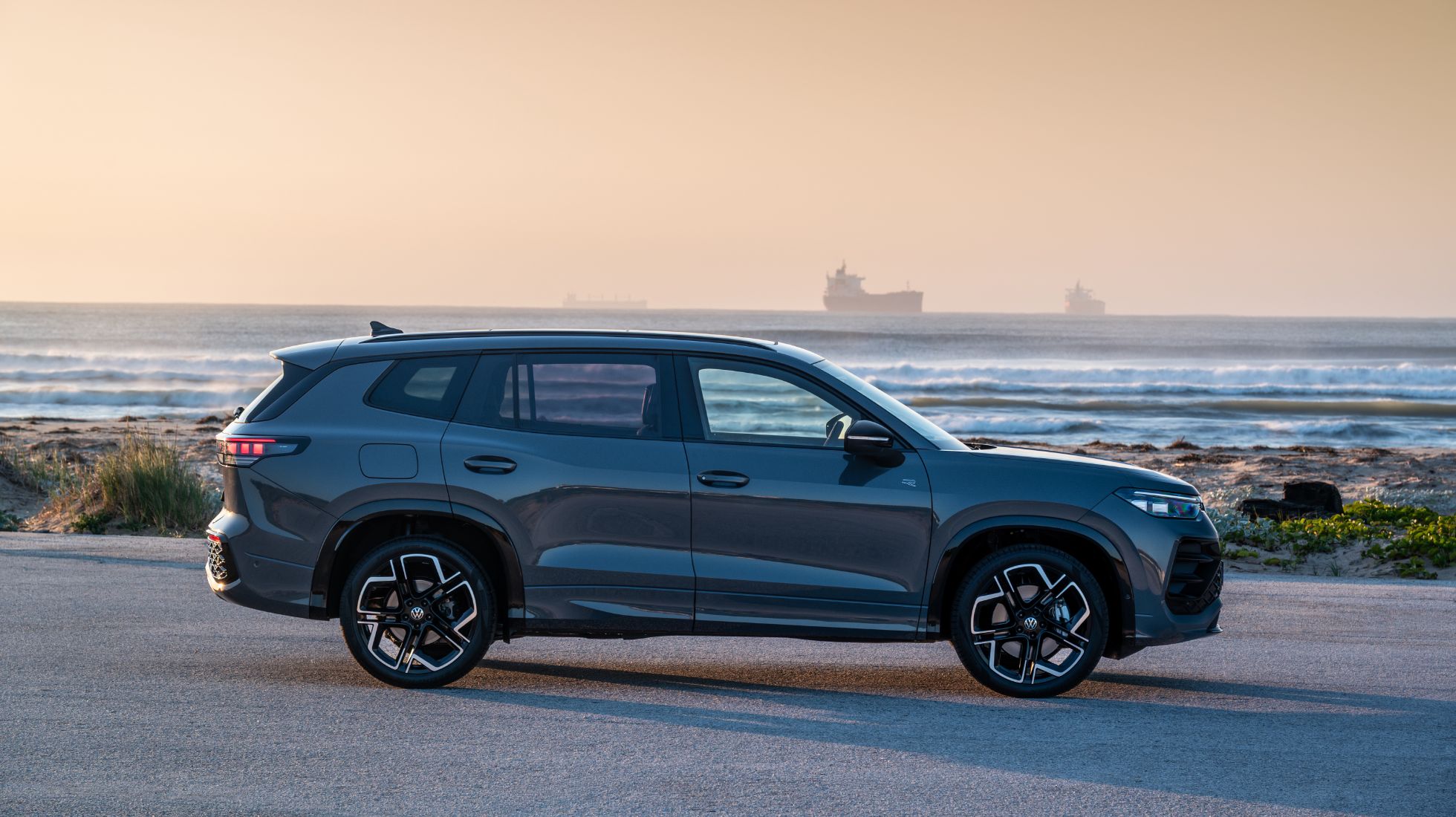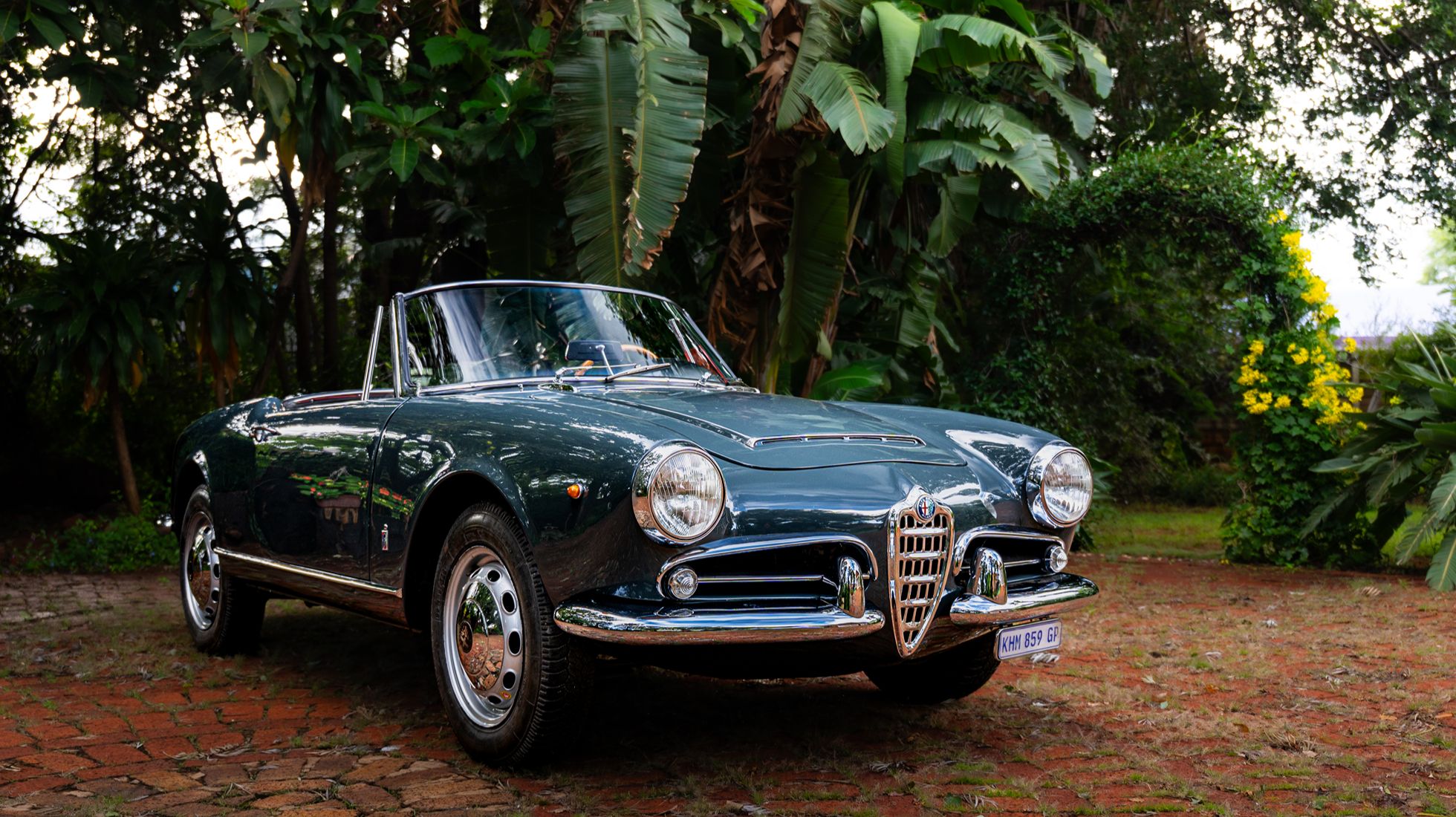The town of Uitenhage, now known as Kariega, is home to Volkswagen South Africa and it was in the year 1951 when the first humble air-cooled Beetle rolled off the production line.
Seven decades later, the local arm of the German marque is celebrating its 70th anniversary of producing cars in SA with its local commitment translating into some impressive accolades. It has been a success story for all these years, and to help the local marque celebrate this milestone, we spent time at the helm of some of the most iconic vehicles that were manufactured at the plant.
The plant in Kariega has produced the Beetle, T3 Kombi, Audi 100s Coupe, Mk1 Golf, Citi Golf, and the mother of all Golf GTIs, the Mk1 Golf GTI. After a very short driver briefing stint at the Boardwalk Hotel, the keys to the Volkswagen Type 1 Beetle were handed to us for the first leg of the jaunt to the People’s Pavilion.
Volkswagen Beetle Type 1
The VW Beetle Type 1 was manufactured at the plant in Kariega in 1975 as one of the five Beetles; 1300, 1600, 1600 Deluxe, Lux Bug and unique 1600S. Even after 46 years and 67,402 km registered on the tiny instrument cluster, the bug still remains intact with the 1600 horizontally-opposed air-cooled engine showing no signs of indispositions.
Volkswagen has kept the interior at its original stance with almost everything inside in good working condition – something that reminded me of the 1600 my father once had the pleasure of owning. The Beetle has reasonable space to seat four people, with five at a pinch. The road manners are actually comfortable for a car of its age with adequate shove in all 4-speed synchromesh gears despite the 44 kW of power.
Mk1 Jetta
Still soldiering on even on the roads today, the Mk1 Jetta in automatic happens to be a rare breed and was produced at the Kariega plant in 1981. In its full original outfit, the Jetta features original seats that still look fresh with no signs of ageing for the dash and door panels. The exterior body paint is still original and still in perfect condition even after doing 109,773 km.
Powering it is an original 1.5-litre four-cylinder petrol engine and a 3-speed automatic transmission. Although it may not mean much by today’s standards, the Mk1 Jetta requires 14.1 seconds to accelerate to 100 km/h before hitting the top speed at 167 km/h which was more than enough some 40 years ago. On the road, the Jetta cruises with much ease to keep up with highway traffic but the steering feel compared to today’s cars remains relatively numb.
T3 Kombi
Loved by many South Africans and sought after by collectors who would pay good money for a clean one. Even those that are younger than the car itself (because it is 19-years old) properly respect it and those who are lucky to own one already do not want to part with it. As an icon, the Volkswagen T3 Kombi has been a preferred family carrier for many years and we still continue to see a bunch of them on the roads. The example we piloted at the celebration features power steering, colour-coded side skirts and it still looks fresh. It is powered by a five-cylinder in-line water-cooled, rear-mounted 2.6-litre engine with 100 kW plus a 5-speed synchromesh transmission that sends power to the rear axle. We were let loose around the short test track and even after 64,247 km on the clock, the T3 Kombi executed its duties with so much aplomb.
Audi 100s Coupe
The Audi 100s Coupe was produced at the same Kariega plant in 1975, the same year in which the Beetle was produced and was the top of the range model in the VWSA lineup when it was introduced in 1973. Although the original price tag was never revealed to us, Audi says it was expensive due to its exclusive nature and it was fuel-efficient. It features a four-cylinder water-cooled engine with 76.4 kW sent to the front wheels. Despite the lack of any modern assistance systems, the 100s Coupe remains comfortable with the steering becoming pleasantly light when on the move.
Mk1 Golf GTI
Whichever way you choose to look at it, the Mk1 Golf GTI marked the beginning of an interesting era in the hot hatch stable. The war is still ongoing with no signs of stopping even after eight generations of the Golf GTI. Splendid and still fresh is what best describes the Mk1 Golf GTI and after a single lap around the VW test track, it dawned on me what the brand was up to some 39 years ago.
For the performance freaks, the Mk1 Golf GTI requires 9.3 seconds to hurtle from a standstill to 100 km/h before hitting the top speed at 182 km/h. A 1.8-litre four-cylinder with 81 kW matched with a five-speed manual gearbox may not mean anything today but, trust me, it was something then and that can be felt once you are at the helm. The overall built quality of it still feels impressive and with no doubt, it can do pretty well on the open road even when laden with five passengers.
Citi Golf
Besides the Beetle, my father also owned a red and white Citi Golf and the one at the 70th birthday celebration resembled the model I partook my driving licence lessons in. The car wields a four-cylinder, water-cooled engine with 63 kW and a four-speed automatic transmission – slightly less powerful than the Mk1 Golf GTI. The Citi Golf was reintroduced in the market to close the gap left in the lower end when the Golf 2 was launched in 1984.
Like an ordinary Golf, the Citi boasts superb all-round visibility for a car of its time with pretty spacious boot and interior space. Approach it by modern standards and everything feels intact while showing minor signs of age. Turn the key and the engine jumps to life at an instant even after 81,292 km and 36 years of driving on the road. The Citi Golf is fun to drive yet the steering feel can be very heavy at slow and parking paces but that gets sorted as soon as the car gains momentum.
Mk1 Golf
Known as the ‘Rabbit’, the Mk1 needs no introduction. It is sought after by collectors all over SA and even after it rolled off the production line in 1978 as a replacement for the Beetle, its looks are still charming. Over three million units found homes and the particular model we piloted was owned and driven from new by a mother who passed it on to her daughter. It spawns a 1.5-litre engine and a 3-speed automatic transmission plus a front-wheel-drive drivetrain. Sleek and stunning is what best describes the Volkswagen Mk1 Golf, its road manners make you understand what the hatch stable was facing back in the days.
70 Years momentum
Indeed, the Volkswagen brand in South Africa has changed and shaped the automotive stable over the years. The brand has made people happy and the 70th birthday brought back so many fond memories that can never be forgotten. It’s true when they say that legends remain victorious in spite of history.
Words: Ntsako Mthethwa
Pictures: Colin Mileman



